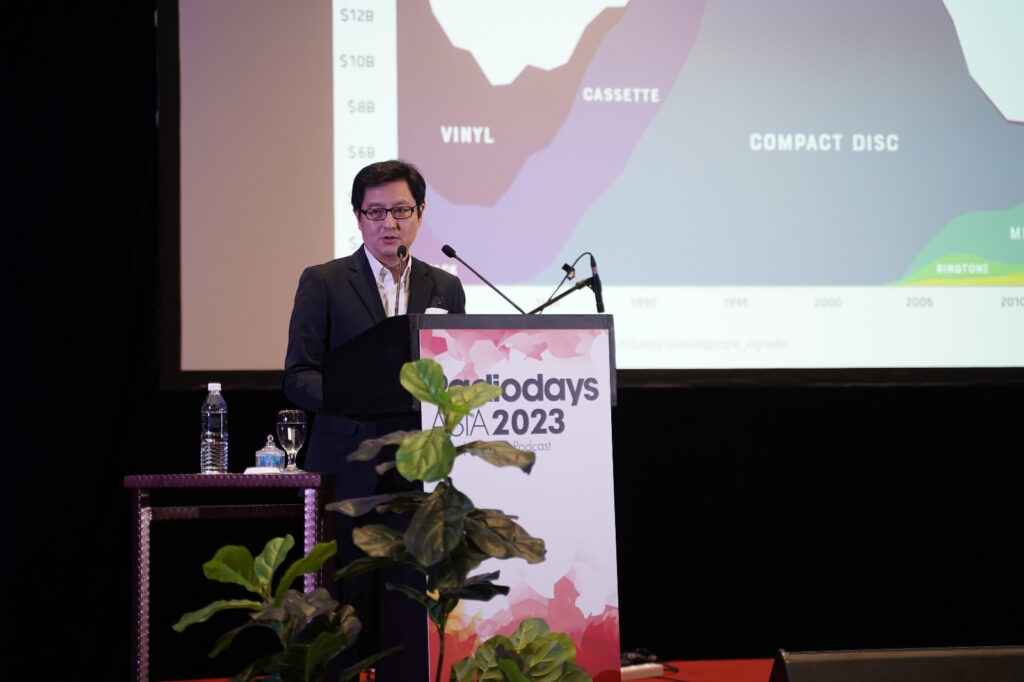Kenny Ong, as the CEO of Astro Radio, is often asked two questions, “How is the radio business?”, and “Where do you see radio five years from now?”
The radio industry constantly faces panic and doubt when it comes to these questions. Over the years, Malaysia’s radio numbers are considerably stable, and radio remains prevalent in our community. Articles have claimed listenership is at an all-time high, even better than television ratings. However, the problem arises with the cost of commercial radio. He shared that even government-funded radios have grown concerned with self-sustenance. This is due to how advertisers are not spending as expected in digital, audio, and streaming. This includes famous platforms such as Spotify, Apple Music, and JOOX. “The problem is not engagement, the hosts know what they’re doing,” he said, “The problem is trying to survive the next few years.”
Kenny started off in Universal Music group before venturing into radio. Using the music industry as an example, compact discs were a booming business until the emergence of online piracy and the iTunes store caused its fall. The music industry had not recovered for 20 years until recently. Using this as a parallel, the music world only moved on and survived because it totally changed, and its model is now completely unrecognizable from 20 years ago.
Following his 4-wheels plan of solution, the first step is to find the ‘?’. People buy and invest in items, such as Chanel bags and Rolex watches, for reasons other than to use them. What is your radio’s USP? It could be music discovery, news, community, mood, personalities, touch. It is important to be good in two or more aspects to survive. The second step is to research revenue. Radio can gain revenue through clicks, subscription options, and availability. Thirdly, reach. Radios must research as to how they can extend their reach and which platforms to utilise depending on their specialisation and target audience. Content across all platforms also must match and stay consistent. Lastly, technology. Radio’s biggest advantage is that the process of cars connecting to bluetooth is still fragmented, clunky, and inconvenient. Radio instantly comes on when the car is started.
Radio will change fundamentally in the future. The solution, at least for Asia, is to completely revise the entire radio landscape. “We must learn where to fight and how to fight.”


